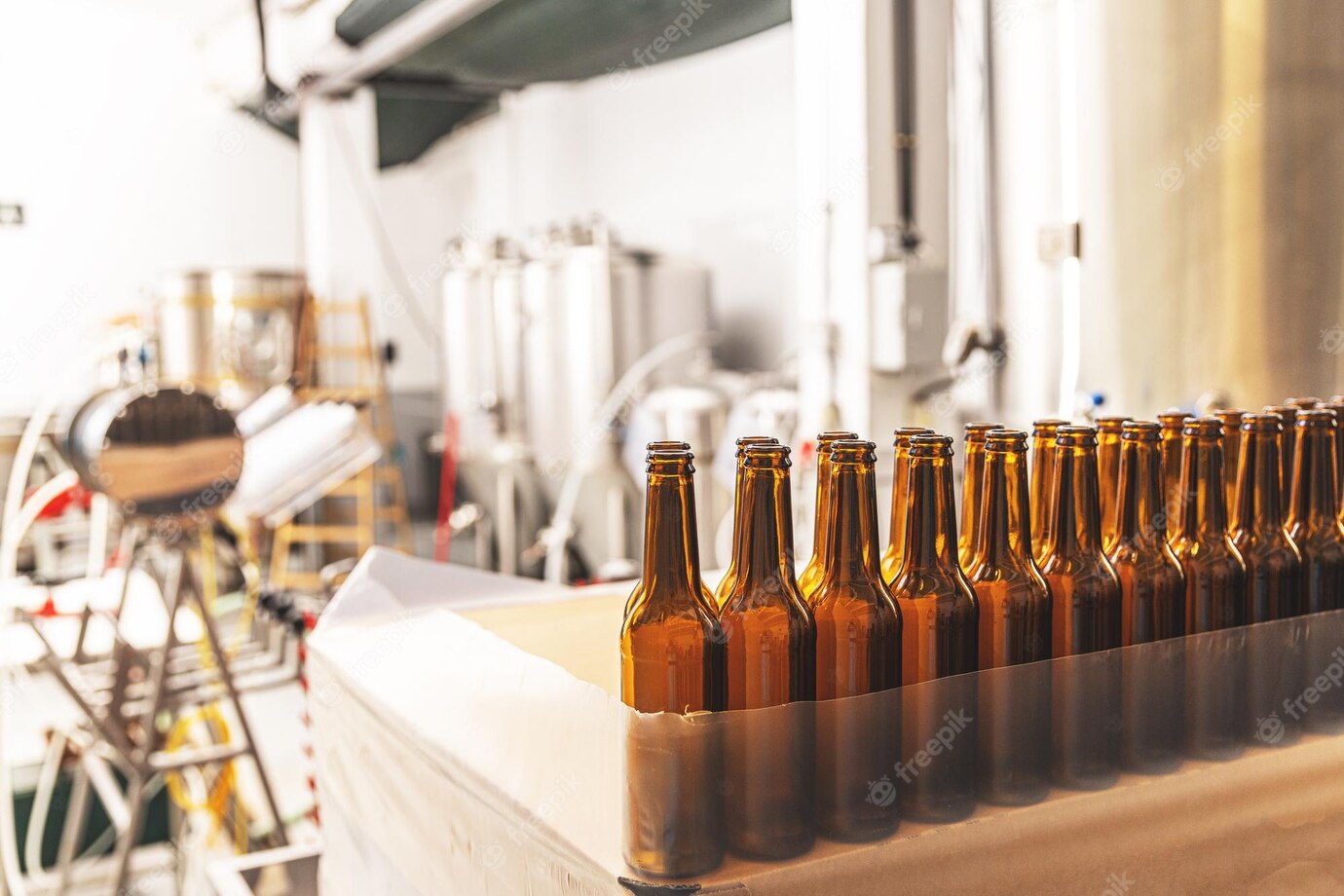Unlock the secrets to the perfect Lager! Learn tried and true tips and tricks for Brewing the perfect Lager.
Are you looking to brew your own exceptional lager? Brewing lager beer isn’t difficult, but it does require knowledge and patience. In this article, we’ll share a few tips and tricks to help you learn the basics of crafting a delicious lager. Brewing lagers takes time and precision, but with these useful tips, you’ll be an experienced home brewer in no time. So, let’s get brewing!
Brewing Lagers: Tips and Tricks
The brewing of lagers is a timeless tradition, though often an intimidating one for many. Though the time, energy, and attention to detail that goes into it may seem daunting, with a few helpful tips and tricks, it doesn’t have to be. The key to successful brewing of lagers is having the right ingredients and a great understanding of fermentation techniques and temperatures. This article will help provide you with the knowledge and know-how to create delicious and unique lagers.
When it comes to lagers, the most important factor is using the right ingredients. You will need the right type of grain and hops for the base of your lager and you will need to make sure your fermenting temperature is consistently monitored and controlled. The fermenting temperature for lagers is usually colder than what you would use for ales, usually in the range of 45-55 degrees Fahrenheit. You will also want to make sure your fermenter is sealed well and the area in which you are brewing is free of any wild yeasts that could cause your brews to turn out messy.
When first starting out, it can be helpful to boil a wort from a pre-measured kit. This will guarantee consistent quantities of each ingredient, while allowing you to exercise your creativity in the recipe. Make sure to use high quality malts, as they can help determine the flavor and character of the beer. You’ll also need to determine what hops to add and decide on the bitterness and aroma you wish your beer to have.
For fermentation, you’ll need the right yeast strain to give your lager the desired flavor profile. Lager yeasts can be divided into two categories: clean, or neutral which will produce a light, crisp beer; and estery, which will produce a balanced flavor with a subtle fruitiness. There are also hybrid yeasts which are a combination of both characteristics and can give you a great range of flavors depending on the other ingredients used.
Tips for Brewing a Delicious Lager
When it comes to brewing lagers, there are many tips and tricks that you can use to craft a delicious brew. Here are some helpful tips for lager enthusiasts:
- Lagers require more time for fermentation compared to ales, usually 3 weeks or more. Patience and consistency are key during the process.
- Lagers should always be stored cold, at temperatures around 35-40 degrees Fahrenheit, as this will help to increase the shelf-life.
- Make sure to taste the beer at various points during the brewing process. You’ll learn more about the flavors and will have a better control over the end product.
- Use high quality grains and hops, as they will have a huge impact on the flavor of the beer.
- Take notes throughout the process of brewing and make adjustments as you go. This will help to improve the beer each time you make it.
These tips should help you to craft a delicious lager. Having patience and a thorough understanding of how lagers are brewed will yield the best result.
Tips for Troubleshooting
Brewing lagers can be challenging at times, but with proper troubleshooting, you can find solutions to any problems during the brewing process. Here are some tips for troubleshooting brewing lagers:
- A slow or incomplete fermentation can be caused by a lack of oxygen. The yeast needs oxygen to successfully convert the sugars into CO2 and alcohol. Make sure to properly aerate the wort post-boil to ensure it has enough oxygen and that the yeast can do its job.
- The wrong temperature during fermentation can cause off flavors in the beer. Make sure that you maintain the proper temperature in the fermenter, usually 45-55 degrees Fahrenheit, to help with the formation of the right flavors.
- Too much diacetyl, or a buttery flavor, can be caused by poor yeast health and lack of flocculation. Make sure to monitor the health of the yeast and use healthy cultures for fermentation.
- Off-flavors can also be caused by bacterial infection, so it is important to keep your brewing space sterile to avoid any contamination.
Brewing lagers can be challenging, and while it takes practice and patience to perfect, with a dedication to the process, you can find success. Following the right tips

